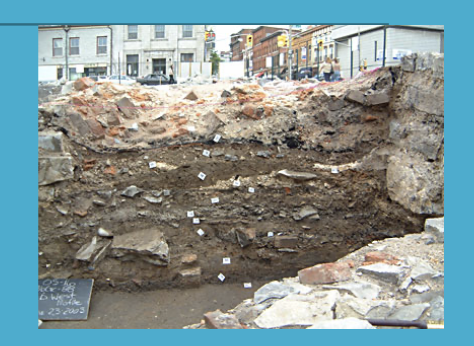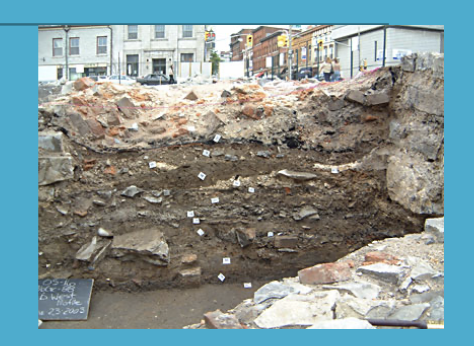Archaeological Dating Methods
1/27
There's no tags or description
Looks like no tags are added yet.
Name | Mastery | Learn | Test | Matching | Spaced |
|---|
No study sessions yet.
28 Terms
Types of dating methods
Relative Dating and Absolute dating
Relative Dating
Dating method based on ordering or sequencing archaeological data
Absolute Dating
Dating method based on absolute time-scale
Types of relative dating
stratigraphy, seriation, typologies, environment sequence

Stratigraphy
observed layering of strata, or the layers of matrices, and features
Strata based on soil properties or cultural material in specific stratum
Studies the temporal and functional meaning of the observed strata
Strata create sequences of deposition, not age of materials
Artifacts in layer could be associated with layer but could be intrusive

Strata
based on soil properties or cultural material in specific stratum
Laws of superposition (stratigraphy)
The sequence from the bottom to top reflects the order of deposition from earliest to latest
Laws of association
Artifacts found in a strata are associated with the time period of that strata
Laws are ____ unless there has been disturbance
universal
Types of Disturbances
Disturbances can make it challenging to understand site stratigraphy and impact archaeological dating
Natural
Cultural
Bioturbation
Seriation
Relative dating method
Seeks to order artifacts based on cultural regularities in a series
Adjacent members in the series are more similar than members farther apart in the series
Seriation is also
Based on patterns of style through time
Need to control spatial variation
Traits can be placed in chronological order based on frequency
Based on the assumption that stylistic frequency increases and decrease over time
Typology
Group of archaeological data defined by particular artifact traits
Typology determined by the observer
Uses principles of seriation to determine a spatial and temporal framework
Relative Dating: environmental sequences
Climatic fluctuation related to glacial (Cold) and interglacial (Warm) periods
Ice Cores
Counting ice sheets
Deep-Sea Cores
Foraminifora, microscopic shells, help to identify sea temperature
Absolute Dating Methods
Used to establish a calendrical age range
Non-radiometric and Radiometric
Does not measure the radioactive decay
non-radiometric
Non-radiometric
dendrochronology
Measures the radioactive decay
radiometric
Radiometric
Radiocarbon dating
Potassium argon/Argon-Argon dating
Uranium series
Dendrochronology
Counting tree rings as method to identify age
Best method of directly dating wood
Effective in areas where there is consistent rainfall and growth patterns
Highly effective to calibrate radiocarbon dates
Radiometric dating methods
Based on measuring radioactive decay of different elements: the transformation of unstable radioactive isotopes into stable elements
To establish dates we calculate the _____ of isotopes: the period required for one half life of the unstable atoms to decay and form a stable daugther isotope
half-life
can you predict the full amount of radioactive decay?
no you cant
you can measure decay within a given time with high statistical probability
Radiocarbon dating
First dating method to link relative sequences to absolute dates on worldwide basis
Dating the half-life of carbon
Based on principle of radiocarbon cycle
proportion of C14(Living) and C12
Date carbon based materials up to 50 000 ya
Radiocarbon cycle
All living things made of Carbon (C 12)
Carbon (C 12) enters in atmosphere, zapped by sun rays, becomes (C 14)
Carbon (C 14) enters back in atmosphere, becomes CO2 and consumed by plants
Animals eat plants
Once animal or plant is dead, C14 begins to decay
Archaeologists measure decay!
Potassium Argon - argon argon
Half-life of type of potassium that forms into Argon
50 KYA - 5 MYA
Can date more recent samples
Dates samples from geological formations that have potassium
Obsidian created through volcanic activity
Method improved by Argon-Argon dating
Does not require large sample
Argon-Argon dating allowed archaeologists to date what?
Pompeii eruption
Uranium seires
Half-life of a Uranium isotopes
10-75 KYA
Deposits in caves, springs, lakes,